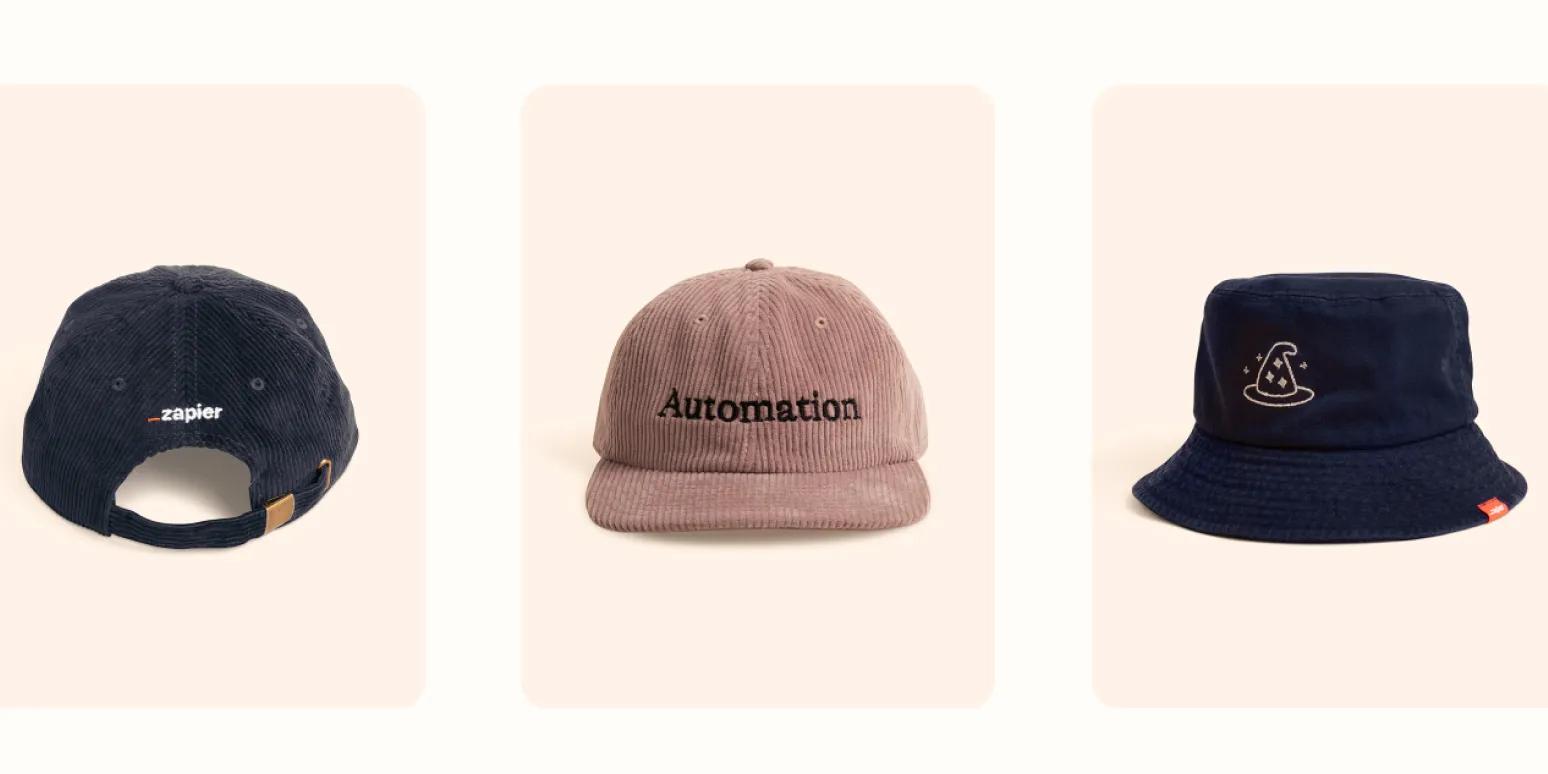The Role of Merchandise in Brand Loyalty
In today's competitive market, brands are constantly looking for innovative ways to enhance customer loyalty. One of the most effective strategies is through the use of merchandise. Merchandise is not just a means of promoting a brand; it serves as a tangible connection between the customer and the brand. The power of merchandise lies in its ability to create emotional ties and foster a sense of community among customers.
Understanding Brand Loyalty
Brand loyalty refers to the tendency of consumers to continue buying the same brand's products over time. It is influenced by various factors, including customer satisfaction, perceived value, and emotional connection. Merchandise can significantly enhance these factors, leading to stronger brand loyalty.
Types of Merchandise That Build Loyalty
Merchandise comes in various forms, each serving a unique purpose in building brand loyalty. Here are some common types:
| Type of Merchandise | Description | Impact on Brand Loyalty |
|---|---|---|
| Branded Apparel | Clothing items featuring the brand logo or slogan. | Creates a sense of belonging and community. |
| Promotional Items | Free or low-cost items like pens, mugs, and stickers. | Enhances brand visibility and recall. |
| Exclusive Merchandise | Limited edition items or collaborations. | Creates urgency and a sense of exclusivity. |
| Experiential Merchandise | Items that provide a unique experience, such as workshops or events. | Builds deeper emotional connections with the brand. |
The Emotional Connection
One of the most vital aspects of merchandise in building brand loyalty is its ability to forge emotional connections. When customers wear branded apparel or use promotional items, they are not just showing off a logo; they are expressing their identity and beliefs. This emotional connection can lead to a more profound commitment to the brand.
According to recent studies, customers who feel emotionally connected to a brand are 2.5 times more likely to purchase again and 3 times more likely to recommend the brand to others. Merchandise acts as a physical reminder of this connection, reinforcing loyalty through everyday interactions.
Creating a Sense of Community
Merchandise can also foster a sense of community among customers. When individuals wear or use branded items, they often feel part of a larger group. This community aspect can be incredibly powerful, as it encourages word-of-mouth marketing and social sharing, further enhancing brand visibility.
For example, brands like Nike and Starbucks have successfully created communities around their merchandise. Customers wearing Nike gear or carrying Starbucks cups often connect with others who share similar interests, leading to discussions and recommendations that further promote brand loyalty.
Utilizing Merchandise for Retention Strategies
Incorporating merchandise into retention strategies can significantly enhance customer loyalty. Here are some effective strategies:
- Reward Programs: Offer exclusive merchandise as rewards for loyal customers. This not only incentivizes repeat purchases but also makes customers feel valued.
- Limited-Time Offers: Introduce limited-edition merchandise to create urgency. Scarcity can drive immediate purchases and enhance brand loyalty.
- Collaborations: Partner with influencers or other brands for exclusive merchandise. This can tap into new audiences and enhance brand credibility.
- Customer Feedback: Engage customers in the design process for new merchandise. This not only makes them feel involved but also ensures that the products resonate with their preferences.
Measuring the Impact of Merchandise on Brand Loyalty
To understand the effectiveness of merchandise in building brand loyalty, brands must track various metrics. Key performance indicators (KPIs) can include:
| Metric | Description |
|---|---|
| Repeat Purchase Rate | Percentage of customers making repeat purchases. |
| Customer Lifetime Value (CLV) | Projected revenue from a customer over their relationship with the brand. |
| Net Promoter Score (NPS) | Measures customer satisfaction and loyalty based on the likelihood of recommending the brand. |
| Social Media Engagement | Interactions and shares related to branded merchandise. |
Conclusion
In summary, the power of merchandise in building brand loyalty cannot be understated. By leveraging various types of merchandise, brands can create emotional connections, foster a sense of community, and implement effective retention strategies. As competition continues to grow, investing in merchandise can be a game-changer for brands looking to enhance customer loyalty and retention.





